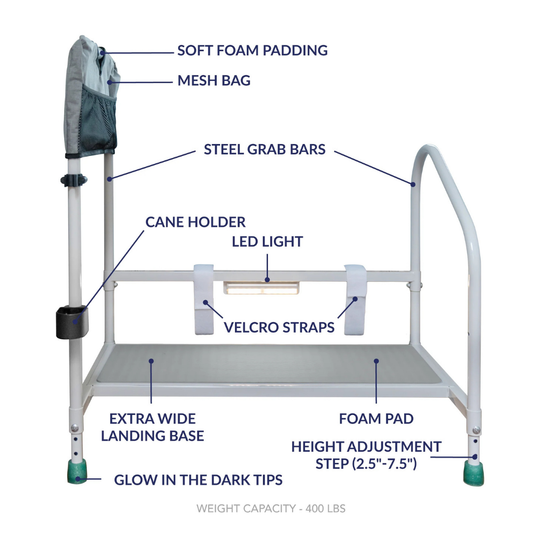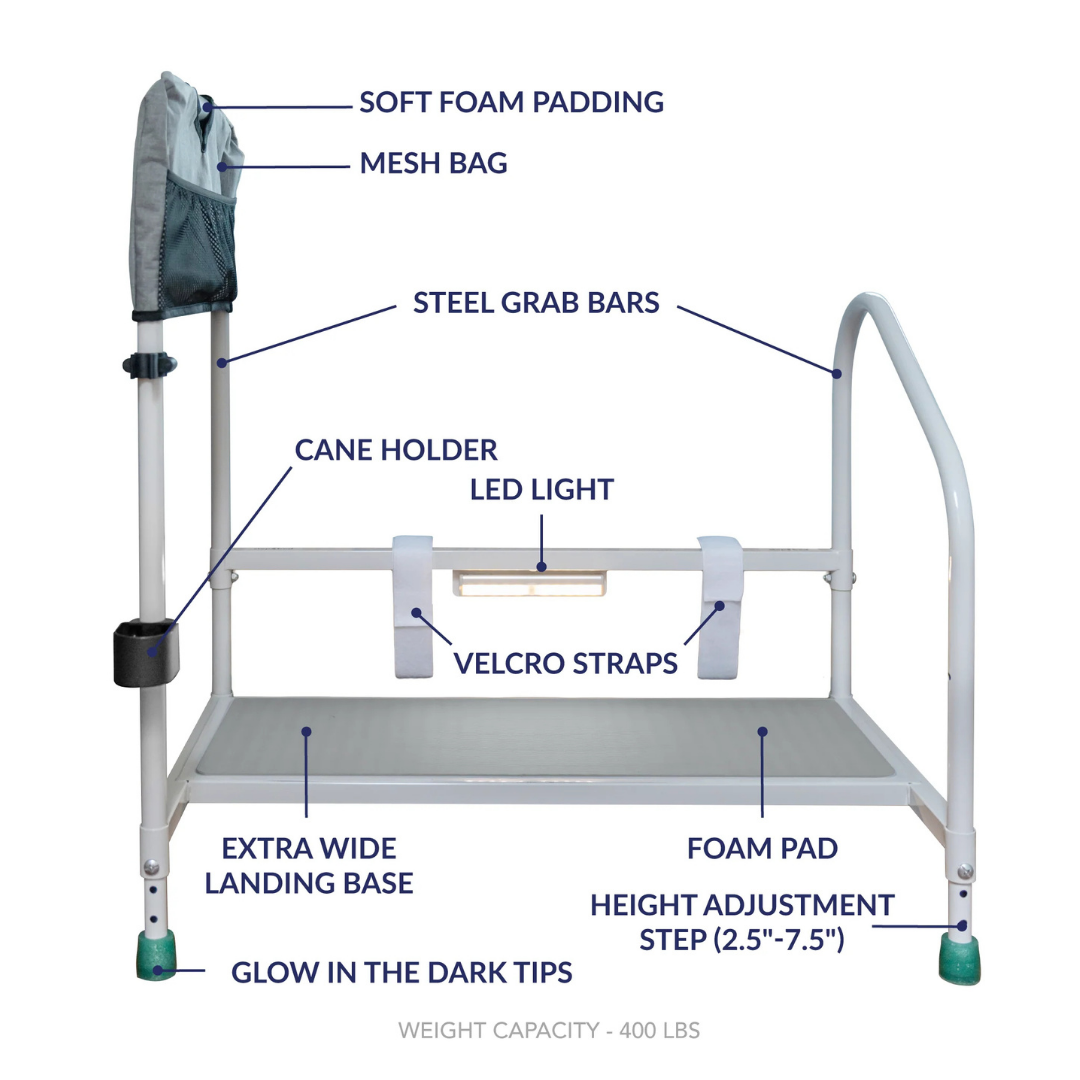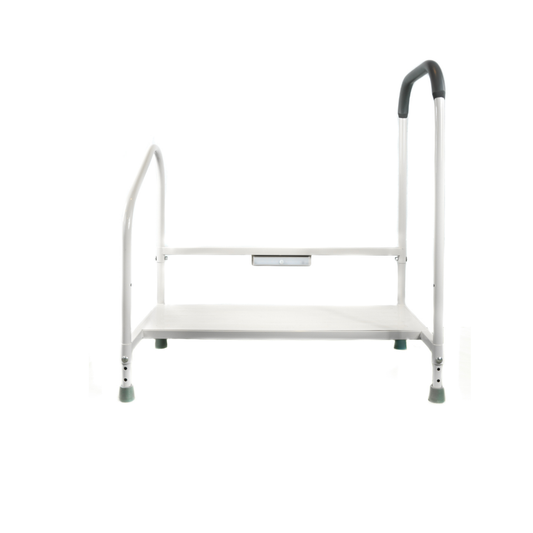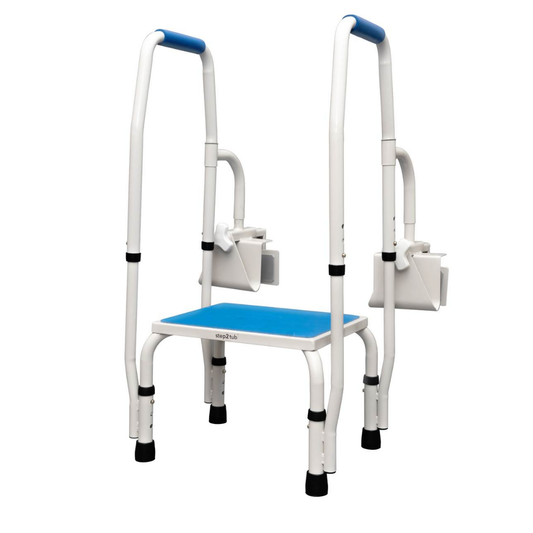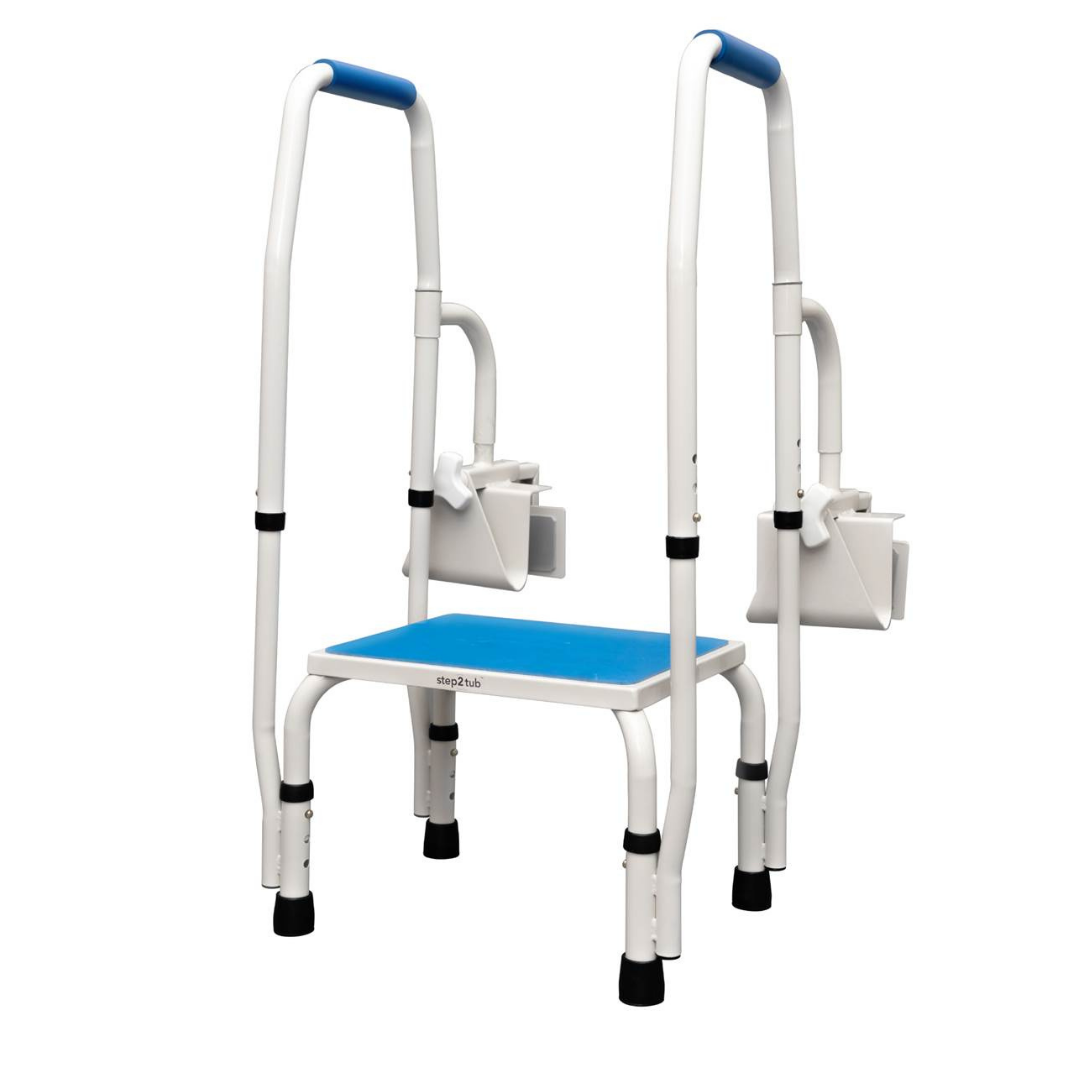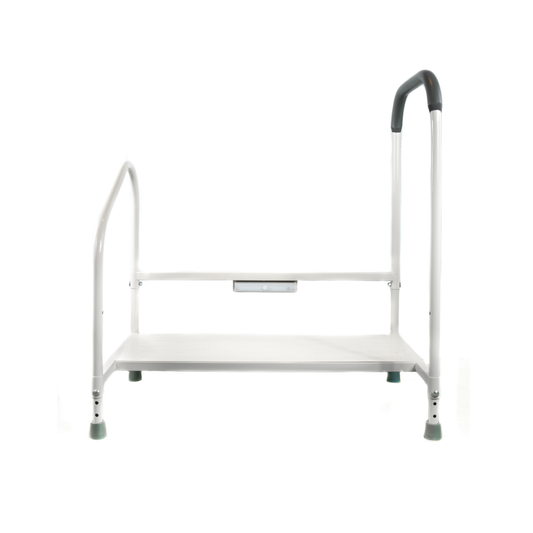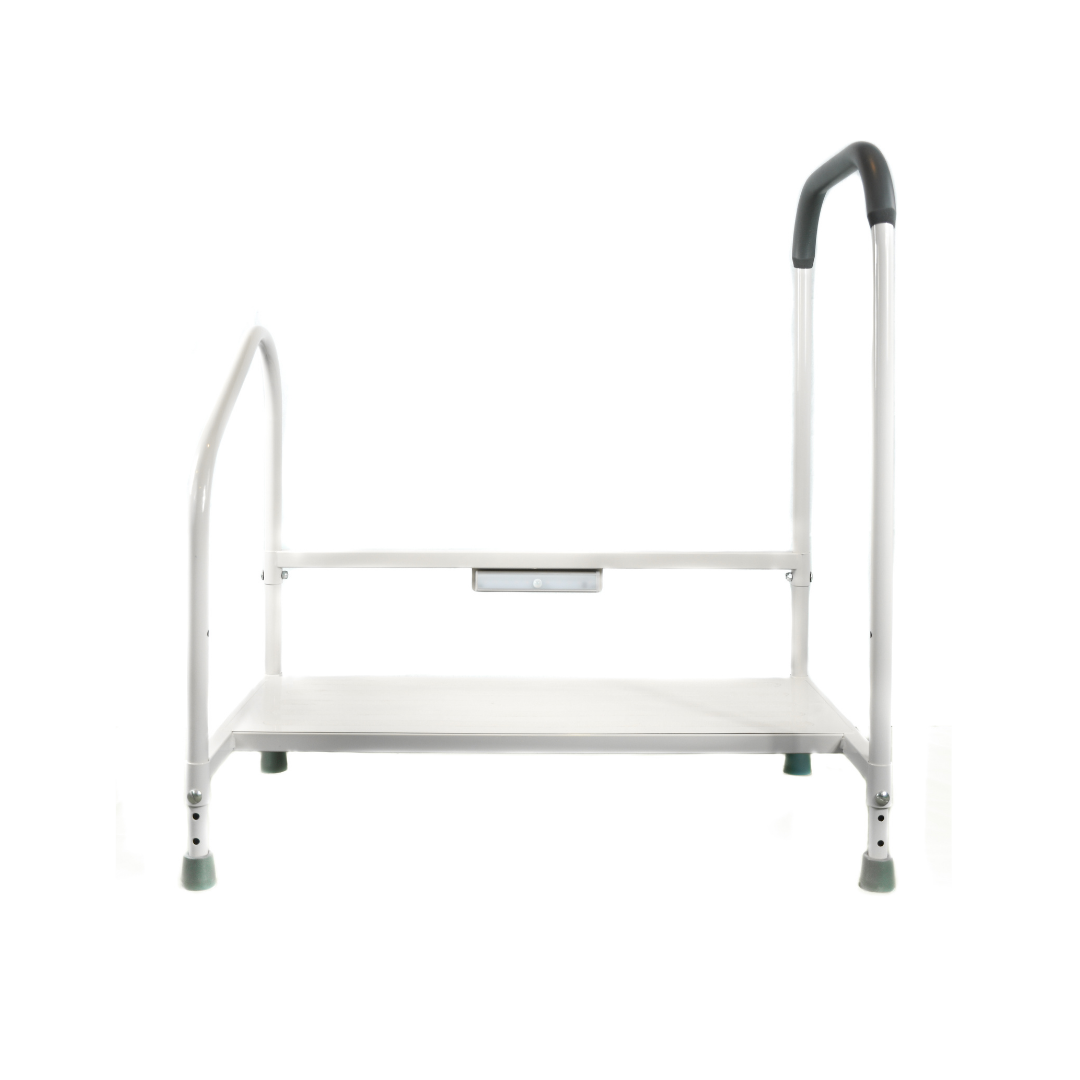Choosing the Right Support Surface: Low Air Loss and Pressure Relief Mattresses for Safer Care
Understanding the Importance of Support Surfaces in Pressure Injury Prevention
Selecting the appropriate support surface is one of the most critical steps in preventing pressure injuries (pressure ulcers or bedsores). Individuals who are bedridden, immobile, or spend long hours in bed face a significantly increased risk of skin breakdown due to prolonged pressure, friction, and moisture buildup.
A high-quality pressure relief mattress—whether foam, alternating pressure, or low air loss—plays a vital role in protecting skin integrity, promoting circulation, and supporting overall comfort and healing. The right mattress not only prevents injury but also helps reduce caregiver strain and improves patient outcomes.
What Is a Pressure Relief Mattress?
A pressure relief mattress (also known as a therapeutic or pressure redistribution surface) is a specialized support surface designed to reduce and manage pressure on vulnerable areas such as the sacrum, hips, shoulders, and heels.
By redistributing body weight, minimizing shear and friction, and managing heat and moisture (microclimate), these mattresses help maintain skin health and promote healing in individuals who spend extended periods in bed.
Why Pressure Relief Mattresses Are Essential
According to the 2025 EPUAP/NPIAP/PPPIA Clinical Practice Guideline, full-body support surfaces—including specialized mattresses, overlays, and integrated bed systems—are essential in pressure injury prevention and management.
These surfaces are engineered to:
- Redistribute pressure to prevent localized tissue damage
- Minimize friction and shear during repositioning
- Maintain an optimal microclimate (temperature and moisture balance)
- Support postural alignment and comfort for users with limited mobility
Each patient’s needs are unique, and selecting the right pressure redistribution surface is key to achieving better clinical outcomes, enhancing comfort, and reducing caregiver burden.
Benefits of Pressure Relief and Low Air Loss Mattresses
A well-designed pressure relief mattress improves safety, comfort, and recovery for patients at risk of skin breakdown.
Key Benefits:
- ✅ Prevents Pressure Injuries: Evenly distributes body weight and relieves pressure on high-risk areas like heels, hips, and sacrum.
- ✅ Improves Circulation: Promotes blood flow and oxygen delivery to tissues for faster healing and reduced risk of ulcers.
- ✅ Controls Microclimate: Uses breathable, ventilated materials or air channels to regulate heat and moisture.
- ✅ Reduces Caregiver Strain: Minimizes the need for frequent manual repositioning and lifting.
- ✅ Enhances Comfort and Dignity: Provides a soothing, supportive surface that helps patients rest without pain or discomfort.
Who Can Benefit from a Pressure Relief Mattress
Pressure relief and low air loss mattresses are ideal for:
- Bedridden or long-term care patients
- Post-surgical or immobile individuals
- Elderly patients with fragile or sensitive ski
- Individuals at moderate to high risk of developing pressure injuries
- Patients in palliative or hospice care who require comfort and moisture management
Types of Pressure Relief Support Surfaces
According to the 2025 Clinical Guidelines, support surfaces fall into two main categories: Active and Reactive.
Active Support Surfaces
- Definition: Powered mattresses that alter pressure automatically without user movement.
- Examples: Alternating pressure mattresses that cyclically inflate and deflate air cells to relieve pressure points.
- Ideal For: High-risk or immobile patients who cannot be re-positioned frequently.
- Benefits: Continuous pressure redistribution, improved microclimate control, and enhanced patient comfort.
Reactive Support Surfaces
Definition: Mattresses that respond to patient movement or load to redistribute pressure.
Examples:
- Foam Mattresses: Multi-density foam layers provide support and contouring but may degrade over time.
- Static Air or Gel Mattresses: Air or gel-filled compartments help reduce peak pressure areas.
- Low Air Loss Mattresses: Utilize a gentle flow of air through micro-perforations to reduce heat and moisture buildup while keeping the skin cool and dry.
- Air-Fluidized Beds: Contain beads or particles that simulate fluid movement for maximum pressure redistribution.
Low Air Loss Mattresses: Advanced Skin Protection and Comfort
Among the most effective support surfaces, low air loss mattresses stand out for their ability to maintain skin integrity by controlling temperature and humidity at the skin interface.
These mattresses feature air cells that continuously circulate air, providing both pressure relief and moisture management. This dual action makes low air loss systems ideal for:
- Patients with existing stage II–IV pressure ulcers
- Individuals with excessive perspiration or incontinence issues
- Long-term care and high-acuity hospital settings
Low air loss systems are often combined with alternating pressure therapy, creating hybrid systems that optimize both redistribution and microclimate management.
How to Choose the Best Pressure Relief Mattress
Selecting the right support surface depends on clinical assessment, patient condition, and care environment.
Key Considerations:
1. Pressure Injury Risk Level
Conduct a thorough skin and mobility assessment. Patients at high risk may need powered alternating or low air loss surfaces.
2. Type of Mattress
- Low-risk patients: Reactive foam or static air mattresses
- Moderate- to high-risk patients: Low air loss or alternating pressure systems
3. Microclimate Control
Look for breathable materials or low air loss technology to manage heat and moisture buildup.
4. Ease of Use & Maintenance
Choose mattresses with quick setup, intuitive controls, and easy-to-clean covers for clinical or home use.
5. Custom Fit
Ensure mattress dimensions and weight capacity align with the bed frame and patient needs.
6. Compliance & Standards
Always choose products tested under standardized performance criteria and compliant with healthcare safety regulations.
The Bottom Line
A pressure relief mattress is more than a comfort product—it’s a clinically essential support surface that prevents skin breakdown, enhances recovery, and maintains patient dignity.
Whether you choose a low air loss mattress, alternating pressure surface, or foam pressure redistribution mattress, investing in the right system helps ensure safer, more effective care.


